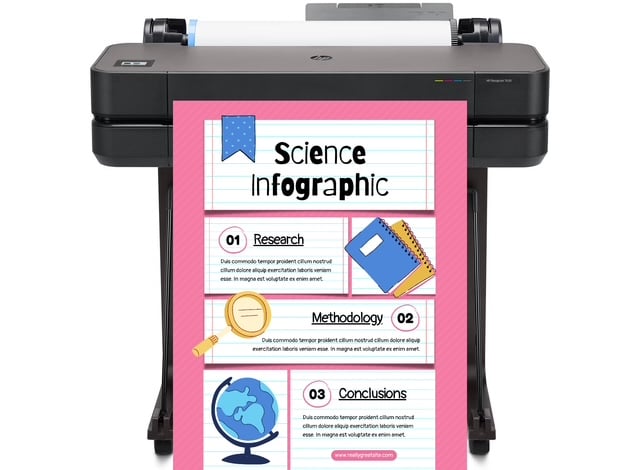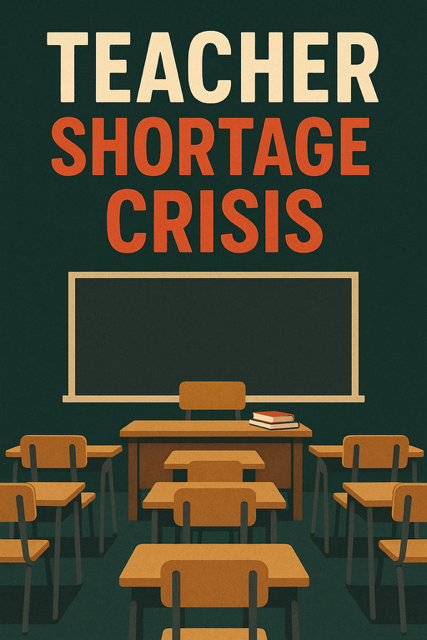
DISCOUNTED EDUCATION PRICING! CALL 1-877-891-8411. We Gladly Accept School Purchase Orders!

Imagine walking into your child’s classroom on the first day of school, only to find a substitute teacher scrambling through lesson plans, or worse, no teacher at all. The room is packed with 40 kids, chaos simmering as math problems go unsolved and special needs students sit unsupported. This isn’t a nightmare—it’s the daily reality for millions of families across the United States in 2025. As the teacher shortage spirals into a full-blown crisis, parents are left heartbroken, watching their kids’ potential slip away in understaffed schools. With over 400,000 teaching positions unfilled or filled by unqualified staff, and 86% of public schools struggling to hire educators, the urgency couldn’t be higher. This isn’t just about numbers; it’s about stolen futures, exhausted educators quitting in droves, and communities rallying for change. If you’re a parent feeling the pinch, you’re not alone—and there are actionable steps you can take to fight back.
The teacher shortage has reached epidemic proportions this year, with no signs of slowing down. Nationwide, estimates suggest at least 42,000 to over 100,000 positions remain vacant, a sharp rise from pre-pandemic levels. Special education is hit hardest: more than half of districts and 80% of states report shortages, leaving 34% of schools without enough specialized teachers to support students with disabilities. In math and science, nearly every state faces deficits, with two-thirds anticipating science teacher gaps. These shortages disproportionately affect low-income and minority districts, where vacancies in key subjects like math and special ed can climb to 23-54%, widening the equity gap even further.
Enrollment in teacher preparation programs has plummeted 35-45% over the last decade, drying up the pipeline of new educators. Just this year, 51,000 teachers quit their jobs mid-year, driven by burnout and dissatisfaction—fewer than 2 in 10 teachers report being satisfied with their roles. Stories from the trenches are gut-wrenching: One veteran teacher shared how she cried in the bathroom after facing daily disrespect from students, vowing to leave the profession after 20 years. Another highlighted the abuse in overcrowded, diverse classrooms where language barriers amplify the chaos. In states like Florida and Texas, takeovers of districts have only worsened the exodus, with teachers fleeing due to political interference and inadequate support. Globally, the crisis echoes, with warnings that 44 million more teachers are needed by 2030, but in the U.S., the problem feels acutely personal, affecting every parent who wants the best for their child.
The ripple effects of this shortage are tearing at the heart of education. Overcrowded classrooms are the new norm, with student-teacher ratios ballooning and core subjects suffering. In math classes without qualified instructors, students fall behind on foundational skills, leading to lower test scores and disrupted school improvement efforts. Special ed students, who need tailored support, are often left in limbo—21% of schools aren’t fully staffed, delaying critical interventions and fueling frustration for families.
The mental health toll is staggering. Kids in unstable environments experience heightened anxiety, with absenteeism and bullying on the rise. High teacher turnover correlates with increased student stress and behavioral issues, creating a vicious cycle. One parent recounted how her dyslexic child regressed after months with rotating substitutes, losing confidence and joy in learning. Teachers, too, are breaking: Burnout is rampant, with educators feeling exploited rather than empowered. “It’s not burnout; it’s exploitation,” one teacher posted online, resonating with thousands. In North Texas and Pennsylvania, districts are innovating with apprenticeship programs to grow their own teachers, but for many classrooms, it’s too little, too late. The result? A generation at risk, with achievement gaps widening and dreams deferred.
Beyond academics, the shortage erodes community trust. Parents feel powerless as schools reduce offerings, cancel advanced classes, or resort to online modules that lack human connection. In rural areas, the crisis is even more acute, forcing long commutes or virtual learning that isolates kids. The emotional weight is heavy: Imagine explaining to your child why their favorite subject is on hold, or why their teacher vanished overnight. This urgency demands we confront the causes head-on.
At the core, low pay and poor working conditions are driving teachers away. On average, educators earn 26% less than similarly qualified professionals, and 94% dip into their own pockets for supplies. Add in the post-pandemic burnout—intensified by staff shortages, larger classes, and administrative burdens—and it’s no wonder retention rates hover at 78%. Poor tech adoption at districts spikes stress, while political pressures, like curriculum battles, demoralize staff.
Teacher stories flood social media: A Chicago educator highlighted how even $79,000 salaries aren’t enough when weighed against the emotional toll, prompting many to “teach one year and dip.” In Canada, the crisis mirrors ours, with educators citing inadequate support for retaining talent. States like Oklahoma and Indiana are seeing some relief from incentives, but without systemic change, the bleed continues. The message is clear: We need to value teachers as the heroes they are, or risk losing them forever.
Hope lies in proven retention strategies that schools and policymakers must adopt urgently. First, competitive pay raises are essential—districts investing in salary hikes see higher retention. But money alone isn’t enough; holistic approaches work best. Professional development aligned with teachers’ needs boosts satisfaction, as does mentorship for new educators, reducing early-career attrition.
Innovative programs are emerging: Rehiring retirees, offering housing support, and creating apprenticeship models like those in Indiana and Texas cultivate homegrown talent. States are easing licensing barriers and providing bonuses for high-need subjects. Community colleges in Pennsylvania are training paraprofessionals to become certified teachers, addressing local gaps. For long-term success, districts must prioritize well-being: Flexible schedules, mental health resources, and reduced paperwork can stem the tide. Parents can advocate for these changes by joining school boards or lobbying legislators—your voice matters in turning the ship around.
As a parent, you don’t have to wait for the system to fix itself. Start by getting involved: Attend PTA meetings, volunteer in classrooms, and push for district transparency on staffing. Supplemental learning through apps like Khan Academy or tutoring services can bridge gaps in math and science.
For more comprehensive options, consider homeschooling alternatives that provide structure without full DIY responsibility. Hybrid models blend online curricula with in-person co-ops, where parents share teaching duties in small groups. Microschools—small, personalized learning pods led by certified educators—are booming, offering flexible schedules and tailored instruction. Online academies like Connections Academy deliver full K-12 programs with live teachers, ideal for special ed needs.
In areas with severe shortages, community-led initiatives shine: Parent cooperatives pool resources for shared tutors, while states like New Jersey explore virtual schooling expansions. These alternatives not only mitigate impacts but empower families—one parent shared how switching to a microschool revived her child’s love for learning amid district chaos. Research shows homeschooling and hybrids boost retention by 80% through short, focused lessons. Weigh pros like customization against cons like socialization, and connect with local networks for support.
The teacher shortage crisis is a wake-up call we can’t ignore. It’s stealing joy from classrooms, burdening families, and threatening America’s future. But together, we can demand better: Higher pay, robust retention, and innovative alternatives. Share this post with fellow parents, tag your representatives, and join the conversation—your story could spark change. Our kids deserve fully staffed schools where dreams thrive, not survive. Let’s make 2025 the year we turn the tide. What’s your experience with the shortage? Comment below and let’s build a community of solutions.